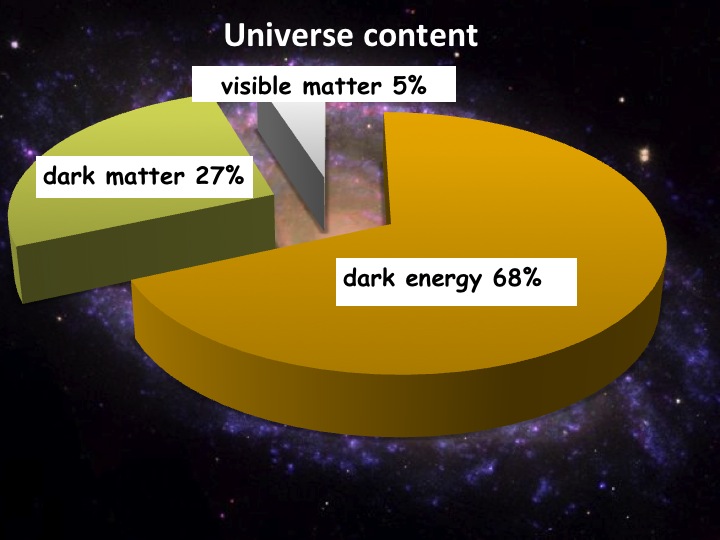
The Big Bang. That incredible, cosmic moment that led to everything we see and everything we know today. When the theory was first suggested, it seemed outlandish. Impossible. Insane. But when it comes to the universe, what seems crazy is often true. We understand the overarching concept of the Big Bang, but what exactly happened? Here’s what we know (or suspect) about the first moments of the Big Bang, 13.7 billion years ago:

1. First, there was nothing. Then, there was a singularity.
The question of what came before the Big Bang is both frustrating and futile. There was nothing, according to the theory, so there was no “before”. It came about suddenly, instantaneously. First, nothing. Then, a singularity, or something very close to a singularity, which is an infinitely small point, arose. This singularity is what “experienced” the Big Bang. It contained everything, all the mass and all the space-time that would be ejected out in the next phase.
2. In one big rush of inflation, the universe expanded.
The reason we call it the Big Bang is due to the main event, inflation. In a single moment, the singularity expanded rapidly at a rate that we believe was faster than the speed of light. Space-time itself was expanding, and suddenly all the mass contained within the singularity was released and began to expand as well.
The theory suggests that the original matter was actually dark energy, which then converted into ordinary matter. This conversion, which we call reheating, made the existing universe very hot. All this heat gave rise to a quark-gluon plasma. These extreme temperatures didn’t last forever, though.

3. Plasma cools, leaving protons and neutrons to form.
As the universe began to cool, elementary particles that had been freely shooting around in the energetic universe were finally able to combine to form protons and neutrons. Many of these protons and neutrons then combined into deuterium and helium, but most of the protons hung around by themselves to remain as hydrogen nuclei. Eventually, the hydrogen and helium began to collect electrons, which had been moving too quickly to be combined before that point. Once these particles were combined, photons could more easily move about.
There’s a lot more to know about the Big Bang, of course, but this simplistic overview gives a general image of what we know, and how we can explain what we see today.



